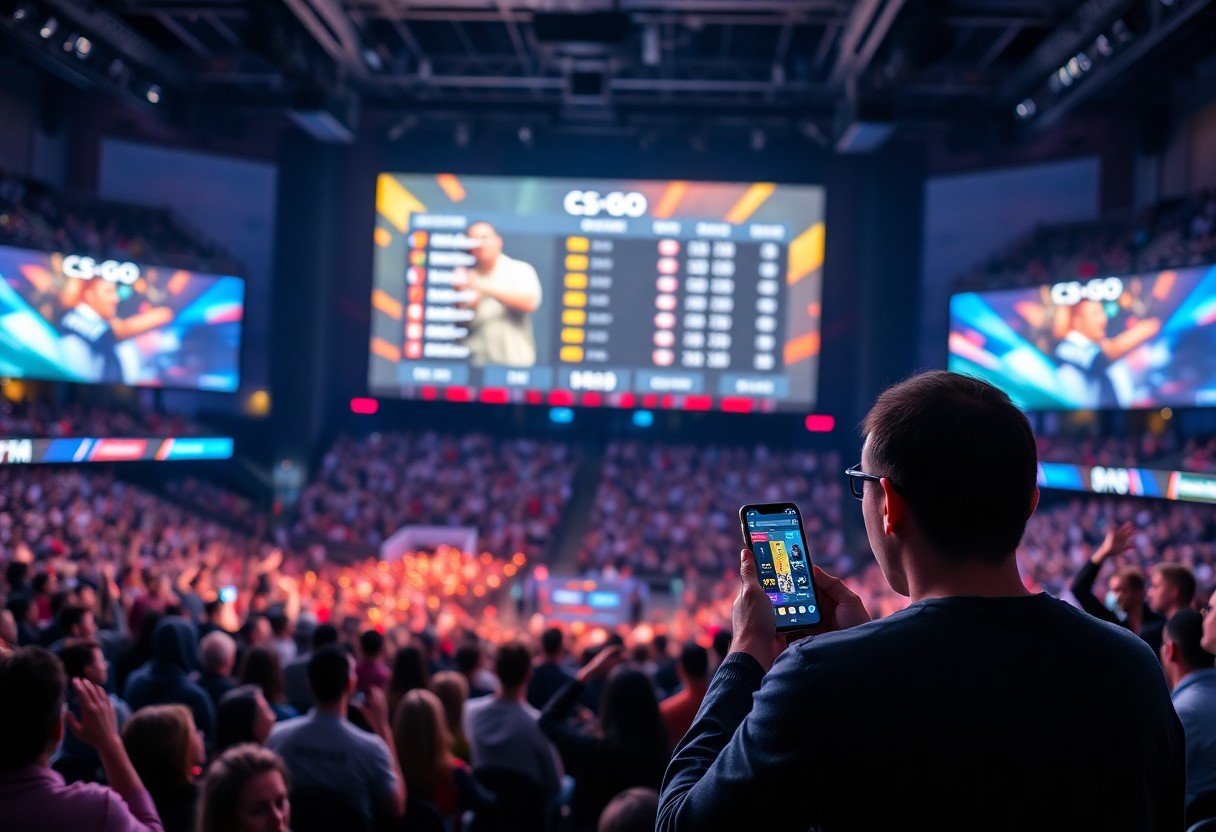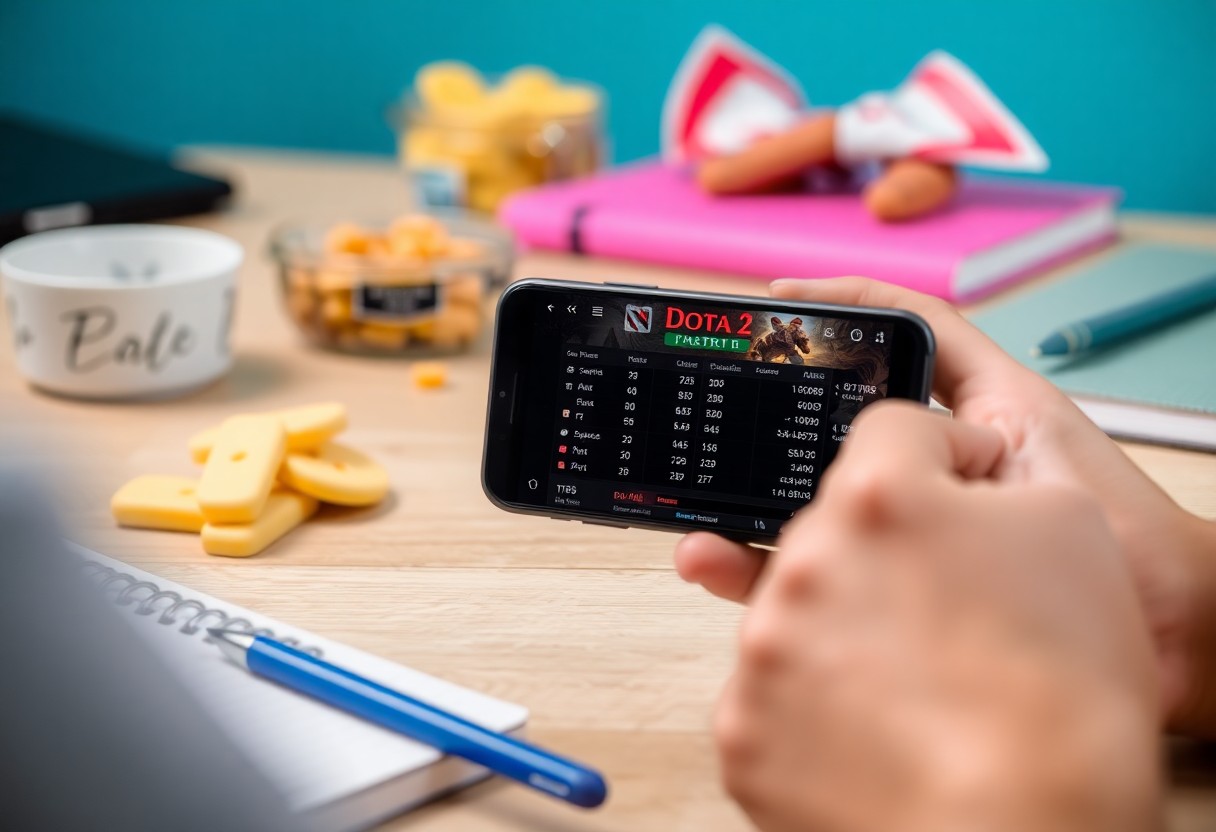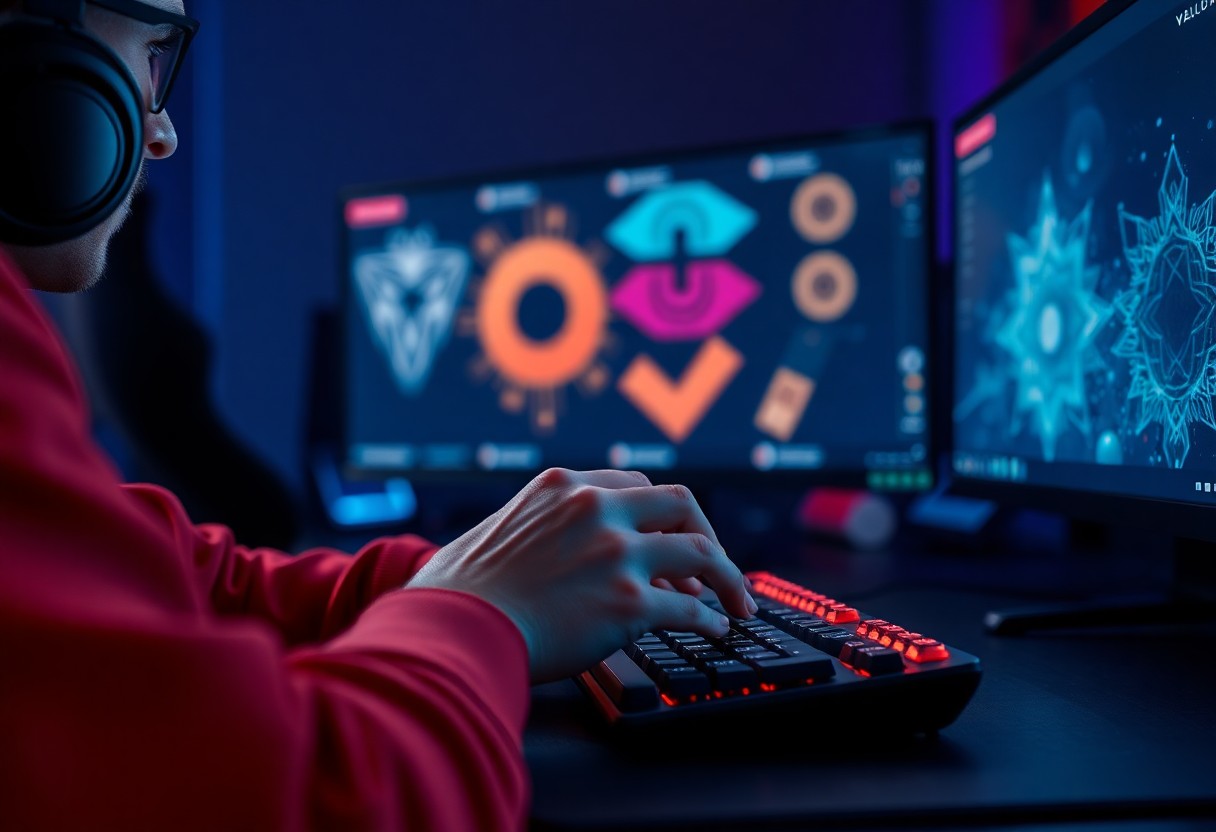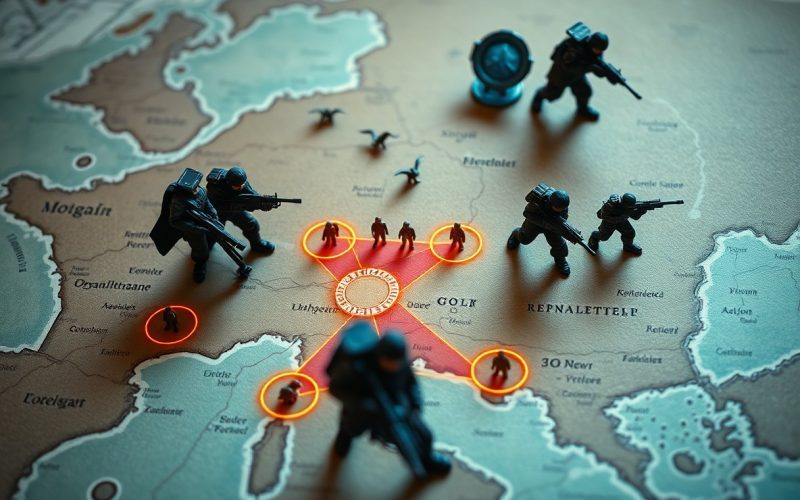Just like any competitive shooter, Valorant comes with its intricate mechanics that players must master to rise through the ranks. Among these mechanics, spray control is often cited as one of the most vital skills. However, many myths surrounding spray control can mislead new and experienced players alike. By debunking these myths, players can better understand how weapon spray patterns work and how to effectively manage them during gameplay.
One widespread myth is that each weapon has a completely random spray pattern. While it’s true that the recoil can feel unpredictable if not practiced, each weapon in Valorant has a specific and unique spray pattern that players can learn. Understanding how a weapon sprays is vital; instead of approximating where the bullets are going to land, players can learn the specific sequence of the recoil. For instance, the Vandal has a more straightforward recoil compared to the Guardian. Engaging with the game’s shooting range can help players familiarize themselves with these consistent patterns.
Another myth is that the longer a player holds down the shoot button, the higher the chances of hitting the target. This belief disregards the basic principles of gunplay in Valorant. While continuous fire might seem appealing, it actually leads to significantly higher bullet dispersion, making it more difficult to stay on target. Many pro players advocate for a burst-fire technique, where you fire short, controlled bursts instead of holding the trigger down. This method increases accuracy and allows for better control over the weapon’s recoil.
Many players also subscribe to the myth that practicing spray control is only necessary for high-damage weapons. In reality, mastering spray control is important for all weapon classes, including pistols and SMGs. Each weapon has its own unique characteristics that you should pay attention to. For example, the Spectre has a controllable spray pattern that players can master through practice, enabling them to maximize their effectiveness in close-range engagements. Ignoring spray control tactics with any weapon can lead to missed opportunities during critical moments in matches.
Another common misconception is that adjusting sensitivity settings can single-handedly fix poor spray control. While sensitivity plays a role in aiming, it’s just one piece of a larger puzzle when it comes to improving your shooting skills. Developing muscle memory through consistent practice is vital. Players should focus on fine-tuning their movement techniques and aim training rather than relying solely on sensitivity settings to mitigate spray control issues. This holistic approach to training will prove far more effective over time.
Finally, players believe that using the same weapon exclusively will naturally improve their spray control. While it is beneficial to specialize in a few weapons, skills learned from various guns and their associated recoil can enhance overall abilities. This knowledge translates well across different weapons, helping players understand how to adapt their spray control techniques. A varied arsenal allows players to develop a deeper understanding of weapon mechanics and improve their overall gameplay performance.
By debunking these myths, aspiring players can take informed steps towards mastering spray control in Valorant. With a deeper understanding and focused practice, every player can work towards achieving better performance and consistent results on the battlefield.






